April Beginnings
Written by Wendi Blewett, DLNHC Museum Collections Manager
April is a big month for beginnings in the Delaware & Lehigh National Heritage Corridor with three historic companies all having their starts in April. The first was the Lehigh Coal & Navigation Company (LC&N). LC&N was created by merging Lehigh Coal Company and Lehigh Navigation Company, which were united to form the Lehigh Navigation & Coal Company on April 21, 1820. The next year it was renamed Lehigh Coal & Navigation Company. By 1823 LC&N had sent over two thousand tons of coal to market. As the name suggests, it was a mining and transportation company and was one of the first vertically integrated companies in the United States. Vertical integration is when a company controls two or more steps in its supply chain. LC&N controlled source industries/raw materials (coal mining), transportation (canal & railroad), and manufacturing (iron furnaces e.g., Lehigh Crane Iron Works). With the coal LC&N mined and transported, other industries started to emerge.
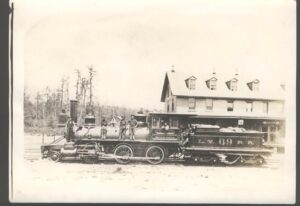
Mogul type steam locomotive, Lehigh Valley Railroad, #69, c. 1870
Another company chartered in April was the Lehigh Valley Railroad (LV). LV was chartered on April 21, 1846 as the Delaware, Lehigh, Schuylkill, and Susquehanna Railroad, after the rivers that flowed around and through the anthracite region. The railroad was built to transport anthracite coal from mines operated near Mauch Chunk to Easton. Originally intended to be 46 miles long, it eventually extended thousands of miles. At its peak, it ran from Buffalo, New York through Pennsylvania and New Jersey to New York City, with numerous branch lines throughout the three states.
The railroad had a slow start – by 1850 there were only preliminary studies and one section of graded line near Allentown. However, in 1851, Asa Packer bought nearly all the subscribed stock and jumped into the railroad business without hesitation. He hired Robert H. Sayre as chief engineer in 1852 and changed the name of the railroad to the Lehigh Valley Railroad in 1853. The line opened on June 11, 1855 for passenger service from South Easton to Allentown, and continued to expand. Soon after, freight service began with cars supplied by other railroads.
The Lehigh Valley Railroad connected to many other railroads, quickly becoming a ‘trunk line’ through the Lehigh Valley. In 1864, the LV took over the Beaver Meadow Railroad Company and the Penn Haven and White Haven Railroad, becoming owners of coal lands near Beaver Meadow and extending the railroad north to White Haven. Interestingly, the Beaver Meadow Railroad & Coal Company was chartered in April as well – April 7th, 1830!
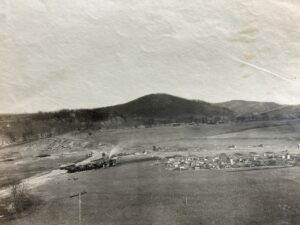
First expansion of Bethlehem Steel plant eastward. South Bethlehem, c. 1907
The expanding railroad industry led to an increased need for iron. There were already several iron furnaces in the Lehigh Valley, but enterprising industrialists looked to build an iron works near the junction of the Lehigh Valley Railroad and North Penn Railroad near Bethlehem. The company that would later develop into the Bethlehem Steel Corporation was incorporated on April 8, 1857, as the Saucona Iron Company, “for the purpose of manufacturing iron…at or near Bethlehem” (Laws of the General Assembly, 1858).
The Saucona Iron Company also had a slow start. The company experienced financial struggles due to the Panic of 1857, a financial crisis caused by the over-expansion of the American economy and the failure of the New York branch of the Ohio Life Insurance and Trust Company. It was reorganized as the Bethlehem Rolling Mills and Iron Company in 1859, then renamed Bethlehem Iron Company in 1861. Ground was not broken for construction of the plant until 1860, and then the Civil War caused further delays. The first blast furnace was put into operation in January of 1863. Bethlehem Iron soon became a pioneer in the production of steel rail, chartering the Bethlehem Steel Company on April 17, 1899 to manufacture “iron or steel, or both, or…any other metal or…any article of commerce from metal or wood or both” (Laws of the General Assembly, 1899).
These three companies were among the many that contributed to the industrialization of the Lehigh Valley and the transformation of the five counties that would become the Delaware & Lehigh National Heritage Corridor.
Laws of the General Assembly of the Commonwealth of Pennsylvania. United States, p. 539, 1858.
Laws of the General Assembly of the Commonwealth of Pennsylvania. United States, p. 559, 1899.
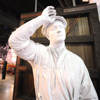








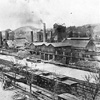
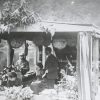
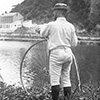







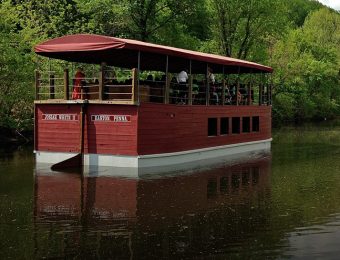
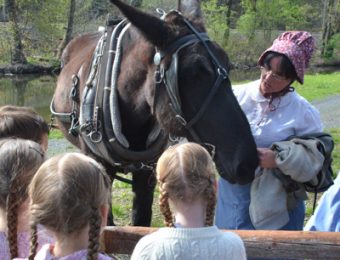

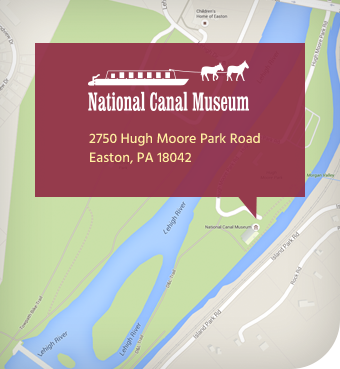
Join the Conversation!